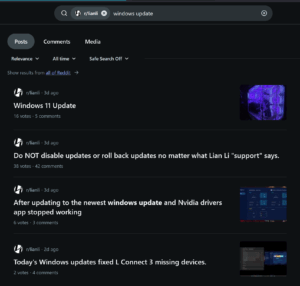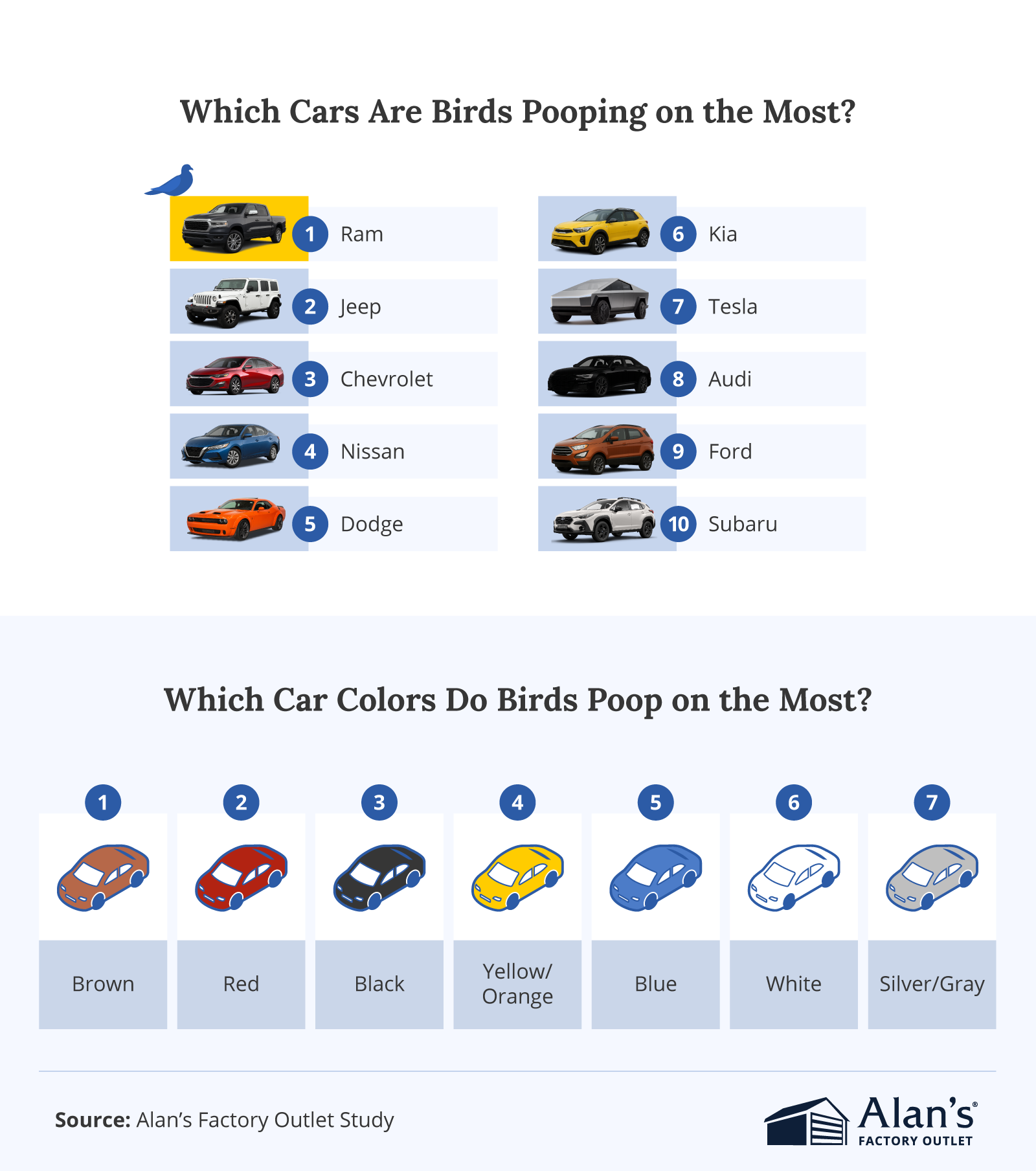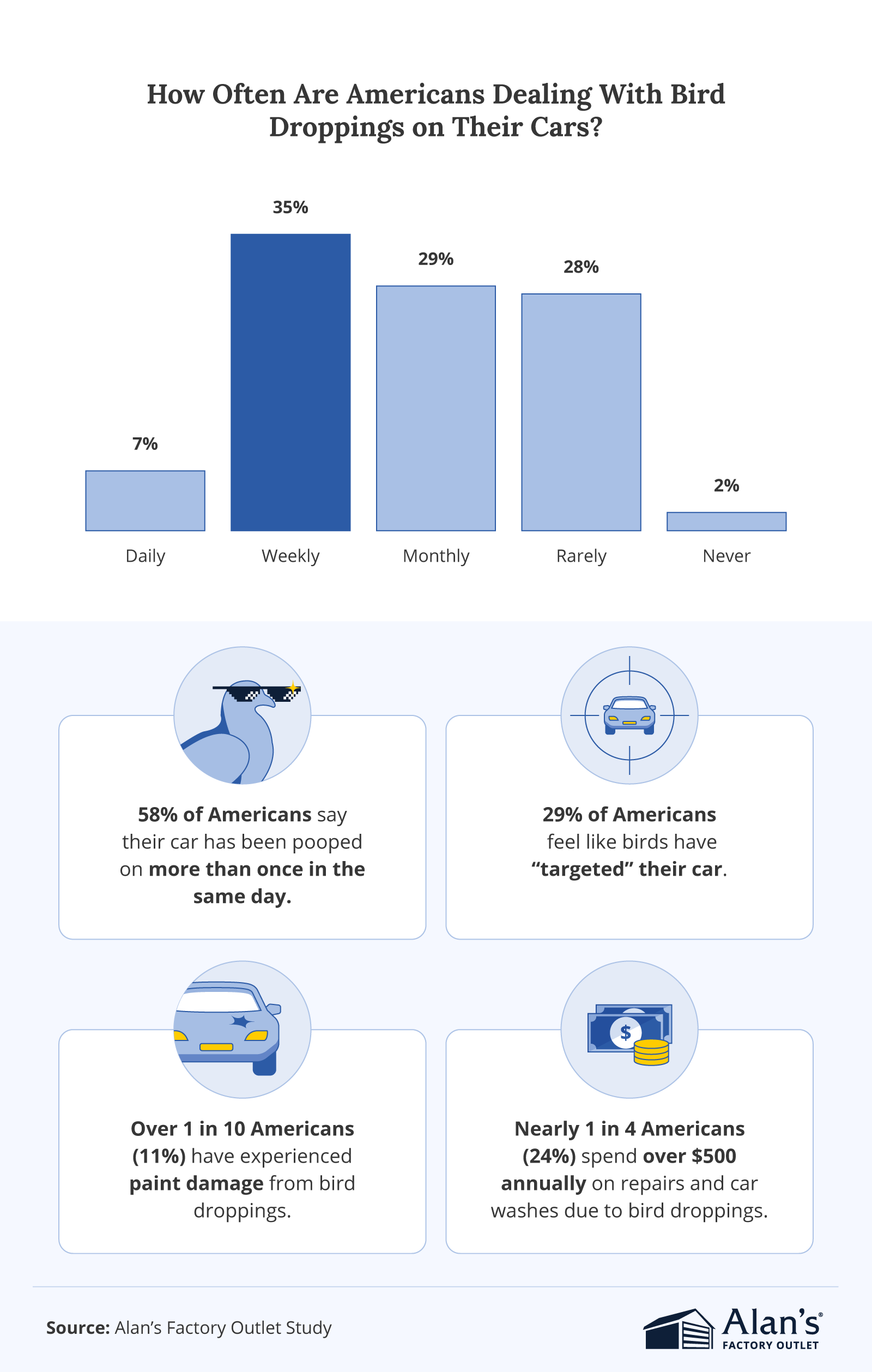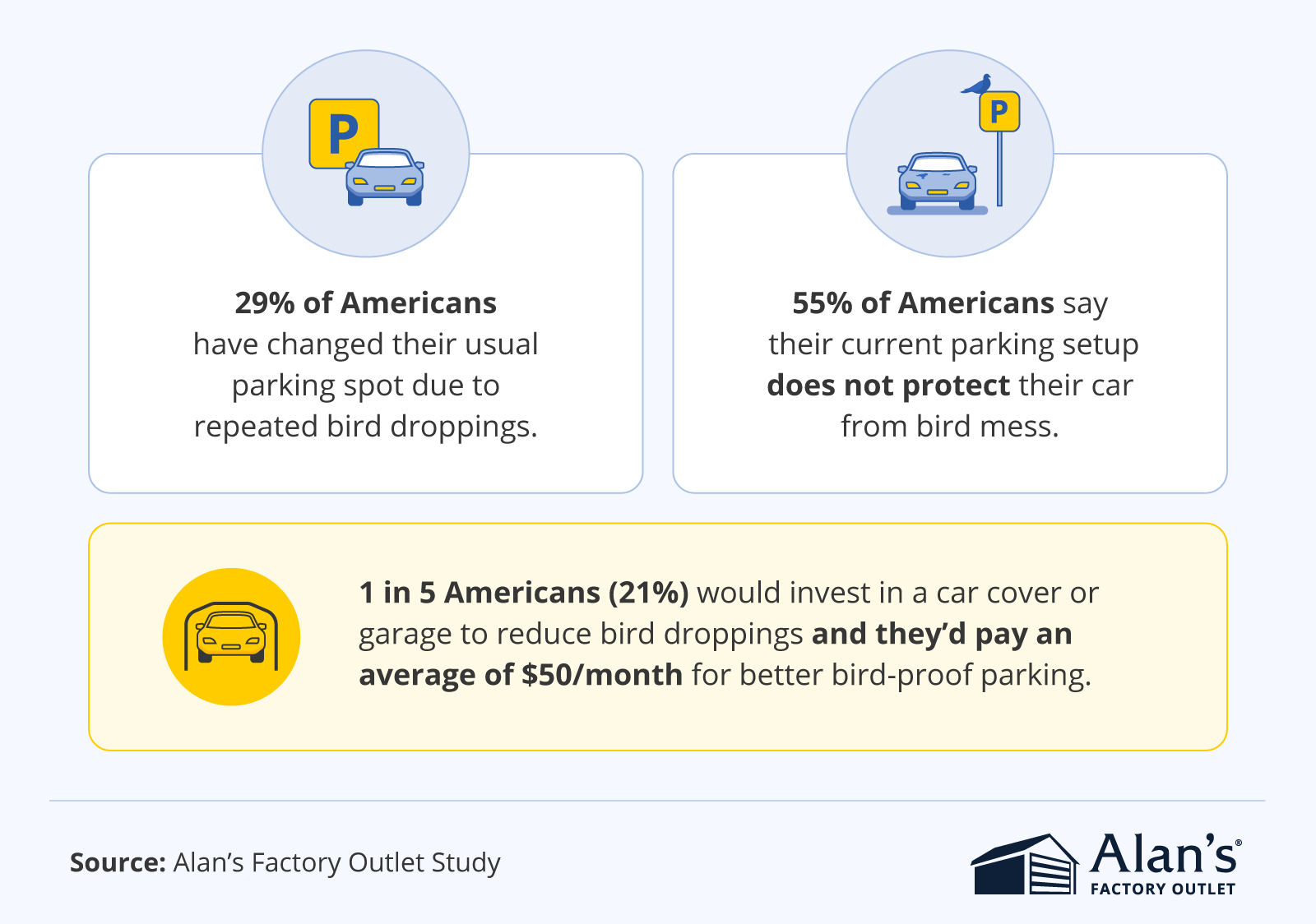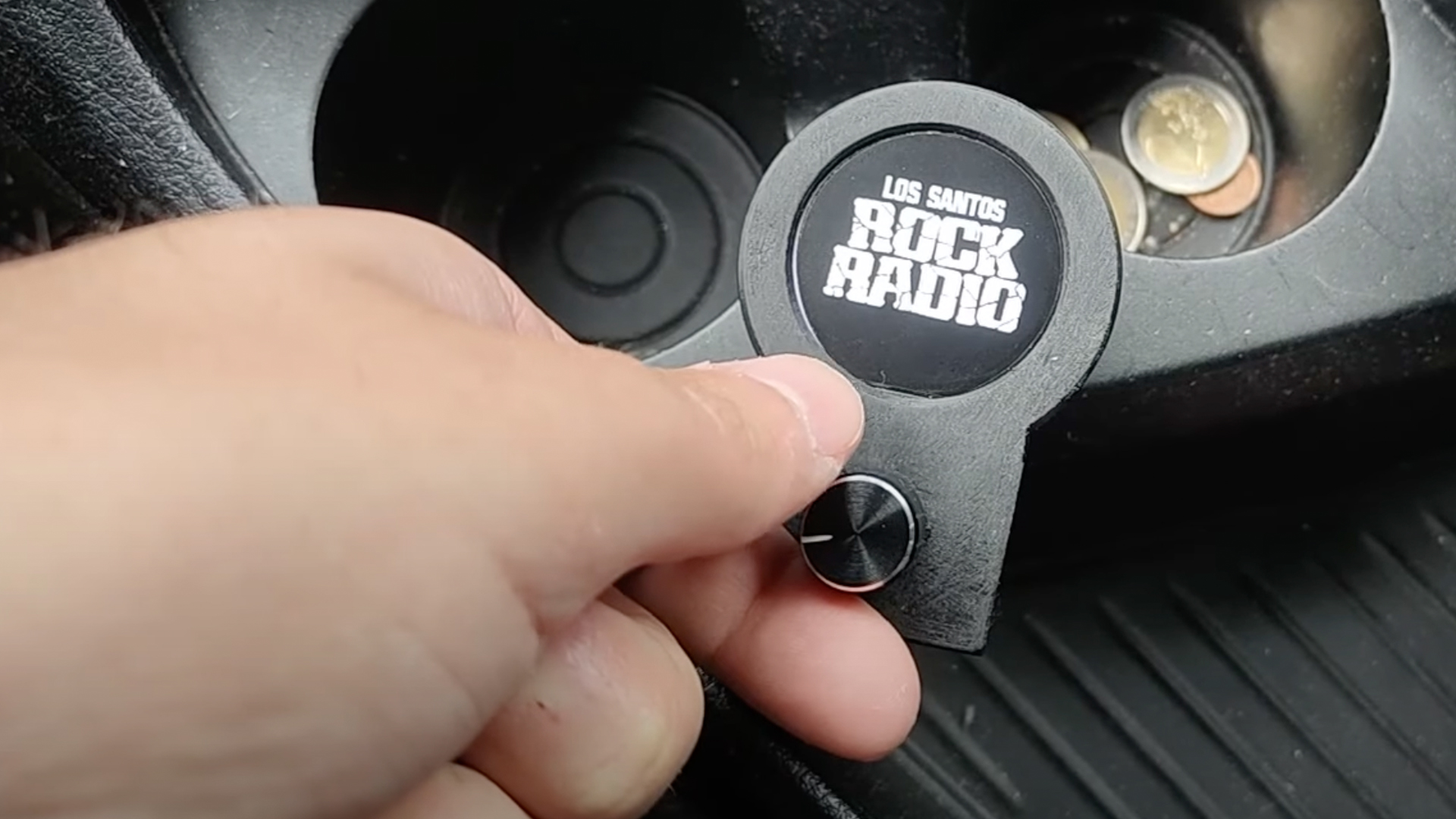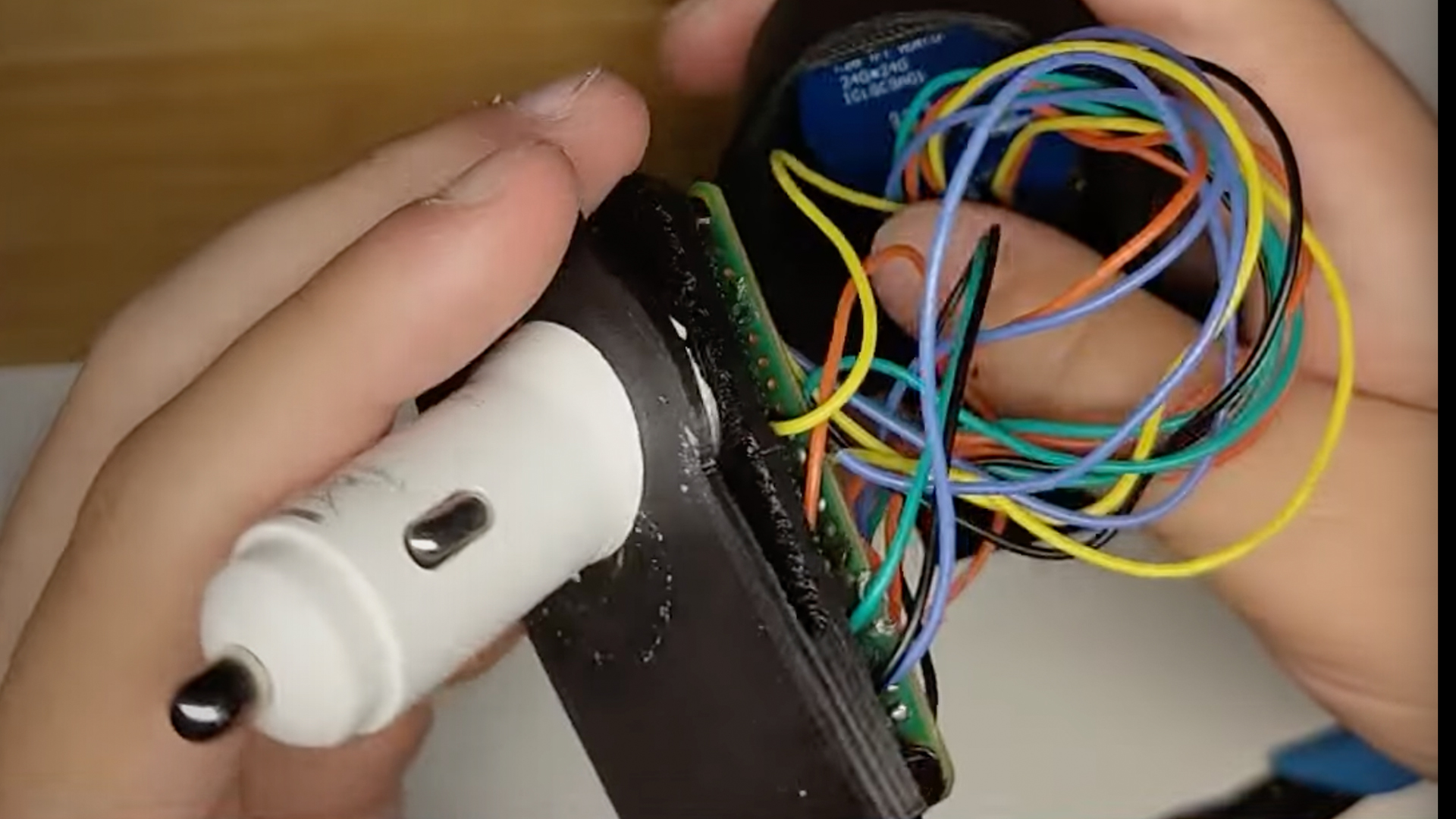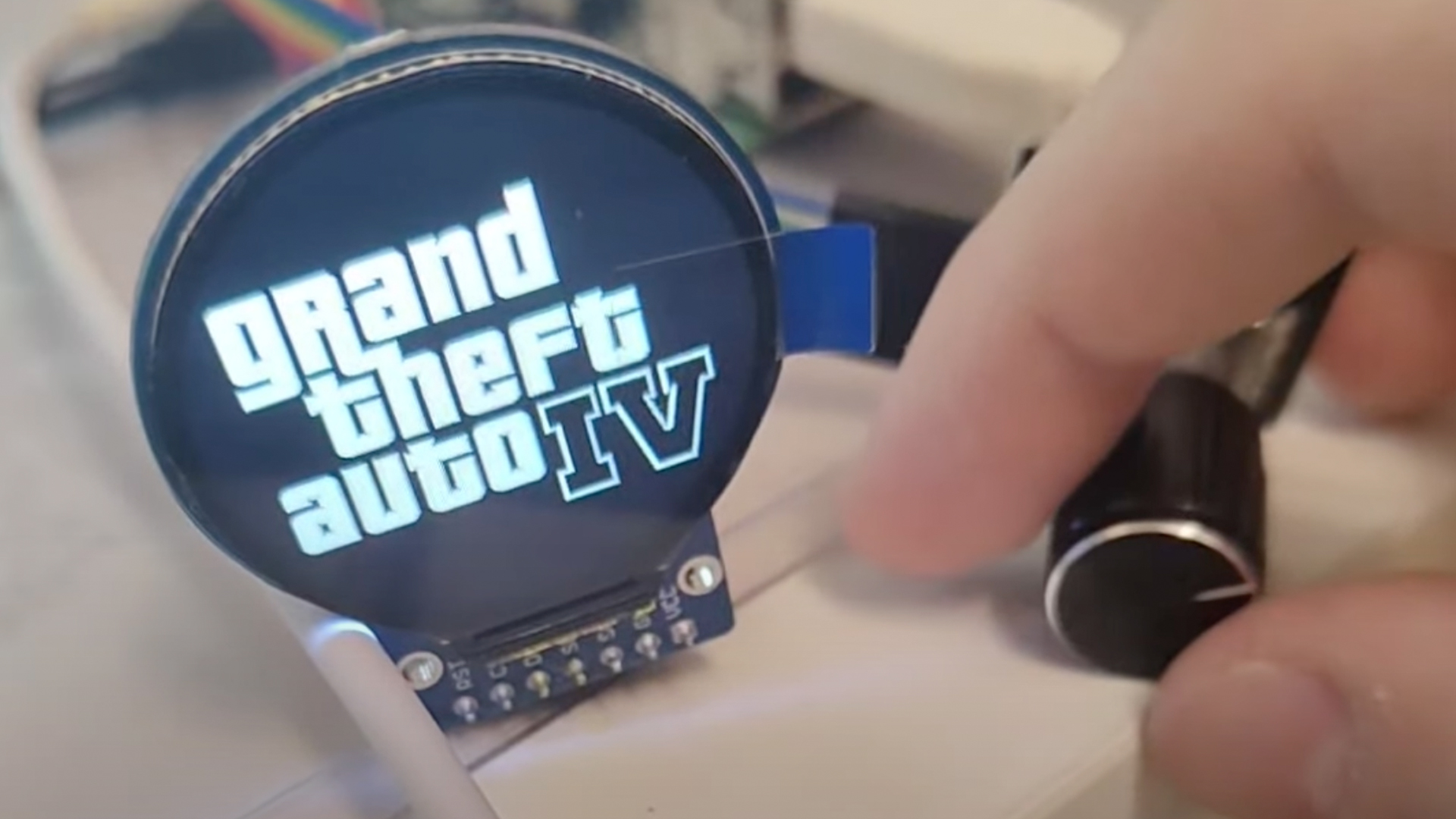Microsoft’s October Windows 11 update has managed the impressive feat of breaking localhost, leaving developers unable to access web applications running on their own machines.
The problem first surfaced on Microsoft’s own support forums and quickly spread to Stack Overflow and Server Fault after the October 2025 cumulative update (KB5066835) landed, which appears to have severed Windows’ ability to talk to itself.
Developers describe HTTP/2 protocol errors and failed connections affecting everything from ASP.NET builds to Visual Studio debugging sessions.
The bug, introduced in build 26100.6899, has been traced to HTTP.sys, the Windows kernel component that handles local HTTP traffic. Developers have found that uninstalling KB5066835, and in some cases its sibling KB5065789, restores localhost functionality.
Others have discovered a temporary workaround that involves manually disabling HTTP/2 in the registry, which works but feels a bit like using a sledgehammer to swat a fly.
At the time of writing, Microsoft had yet to acknowledge the issue. Users report mixed results when trying to reinstall the patch or roll forward to newer builds. The problem appears to vanish on clean installs of Windows 11 24H2, suggesting that the error stems from a conflict in how the update interacts with existing system configurations, rather than being a universal bug.
In the meantime, moderators on Stack Overflow have already locked multiple posts and Server Fault threads are filled with frustrated devs trying to get their local servers running again.
All this comes as Microsoft pushed its final update for Windows 10 this week, officially ending support for the decade-old OS and urging users to move to Windows 11.
The transition hasn’t exactly been buttery smooth. Microsoft’s Windows 11 media creation tool also stopped working the day before, potentially affecting users trying to upgrade, and the same patch cycle saw end-of-support deadlines for Office 2019 and multiple server products.
All this means that, within the same week, Microsoft’s installer broke, its new OS borked local development, and Redmond’s multimillion-dollar upgrade push instead highlighted how fragile its ecosystem still is.
It’s almost enough to make you nostalgic for Clippy. We said almost. ®
Updated at 9.54 UTC on October 17, 2025, to add:
More than twenty four hours after asking Microsoft to comment, a spokesperson for the company sent a statement confirming problems.
“We are actively working on mitigations and recommend customers follow our guidance available here.”
Source: Microsoft update breaks localhost in Windows 11 • The Register
Reddit for the Lian Li problems
